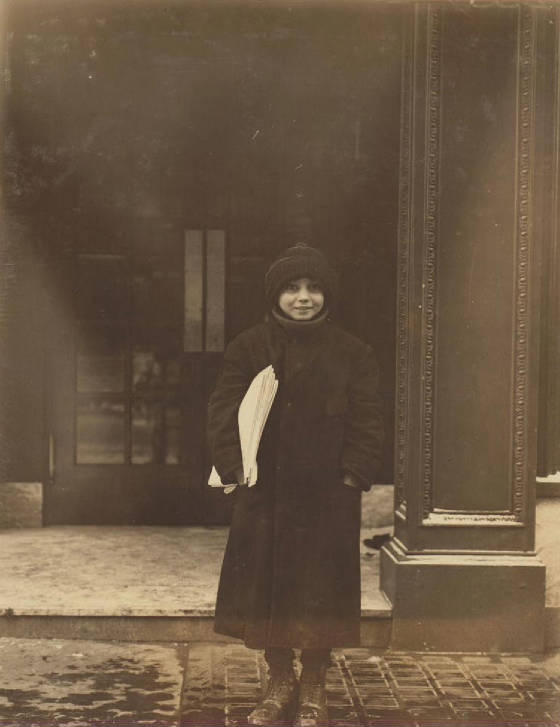
Lewis Hine caption: Newsie selling before school, 7 A.M. Quito Scentola, 13 years old, 20 Pennsylvania Avenue, been selling papers four years. Location: Rochester, New York (State), February, 1910.
“He was in a family of 16, ten boys and four girls. They came through Ellis Island. He always remembered the discrimination against Italians that he experienced in Rochester, and he never stopped being angry about it. He was a battler. I can imagine him out there selling papers and standing his ground and not letting anyone take his spot on the corner.” -Raymond Centola, son of Guido Centola
“For more than four decades the Italians have comprised the largest group of foreign-born residents in Rochester. They became, in the 1920s, one of the ten major Latin settlements in America; indeed only in Newark and Providence did the percentage of the Italian-born exceed that at Rochester. With their numerous offspring, they have made increasingly important contributions to the city’s development. Moreover the progress of the Italian ‘colony,’ as it was frequently characterized, now dates back a full century and invites historical review.” -from The Italians of Rochester, An Historical Review, by Blake McKelvey, October 1960. At the end of this story, there is a link to the entire 24-page essay.
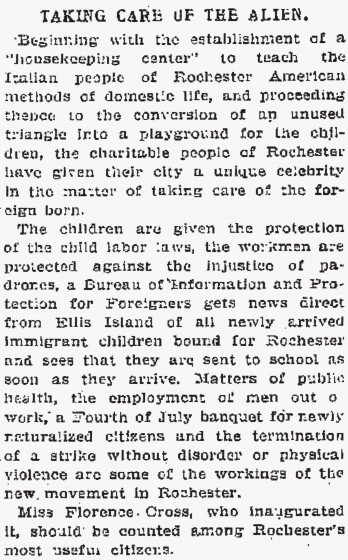
As many in the Northeast know, Rochester is one of the cloudiest cities in the US, and has nearly 100 inches of snow over a long, icy winter. In February, when this photo was taken, the average snowfall is 21 inches, and the average high and low temperatures are 33 and 17. And yet, on this day, 11-year-old Guido Centola had to get up in darkness, throw on some warm clothes, grab something quick to eat, buy a bundle of newspapers from the nearest distribution station, and walk as much as a mile from his house on Pennsylvania Avenue to a suitable spot in the downtown business district, in order to sell enough copies to make the whole thing worth the effort. And then he had to hurry off to school.
About the same time, Lewis Hine had to crawl out of whatever strange bed he was sleeping in, get dressed, haul his heavy camera equipment down to the same business district, and wait for newsboys to show up. We don’t know what he said to Guido when he spotted him at 7:00, just as the sun was coming up (if the sun was visible that day), but somehow he coaxed a cute smile out of him, and possibly a little white lie when he told Hine he was 13 years old.
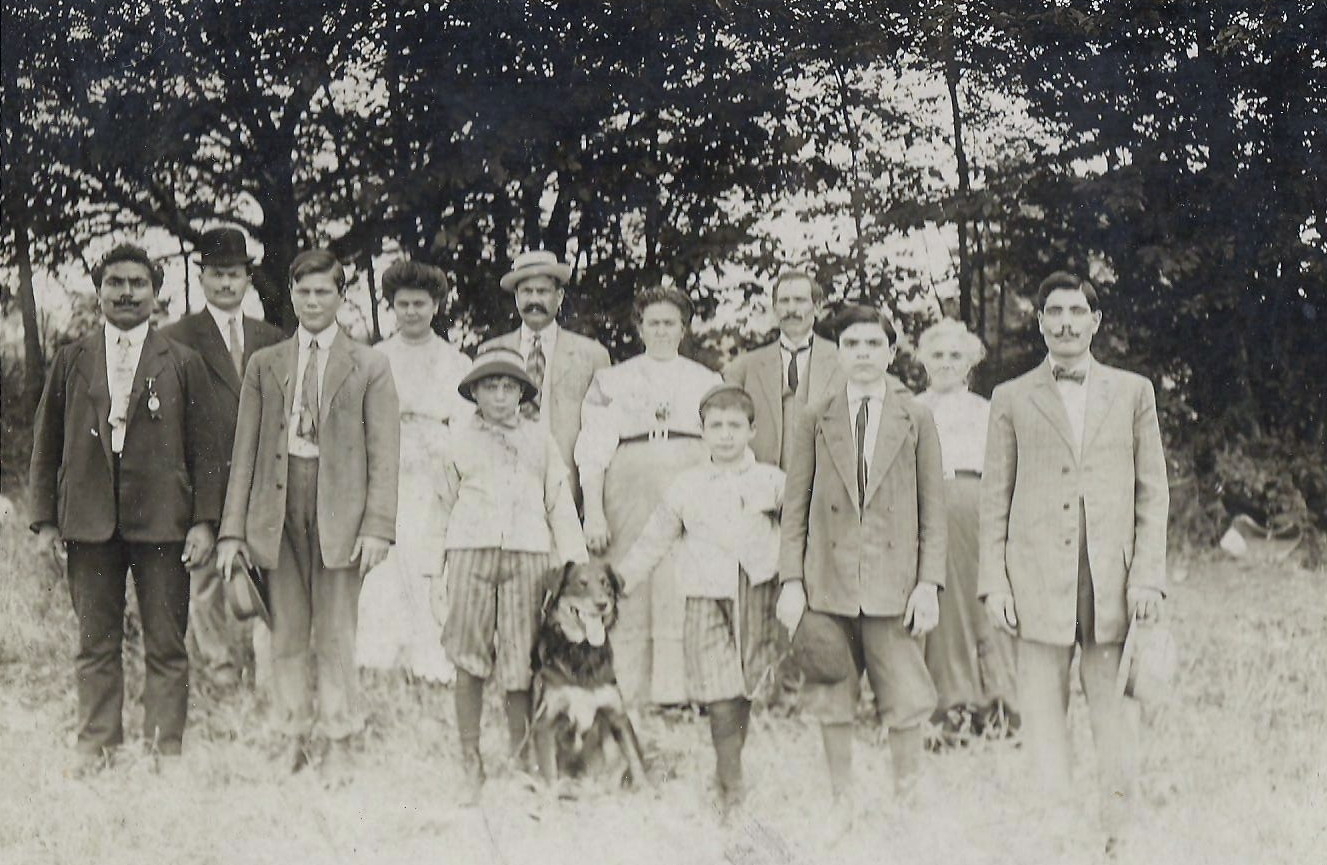
Guido had been in the US for three years and two months. He was born on October 21, 1898, in Formia, Italy, where a typical February averages two inches of rain and a high temperature of 54. When he was eight years old, he and his parents, Joseph and Mary (married in 1878), and his siblings, boarded a ship in Naples and sailed to Ellis Island, arriving on December 4, 1906. They went directly to Rochester. In 1910, they were renting a house at 20 Pennsylvania Avenue. Joseph worked in a shoe factory, as did 28-year-old son Louis. Three other children adult children worked at various factories. By 1915 (per the New York census), they owned a house at 248 Scio Street. Shortly after 1920, they bought a house at 444 Scio Street.
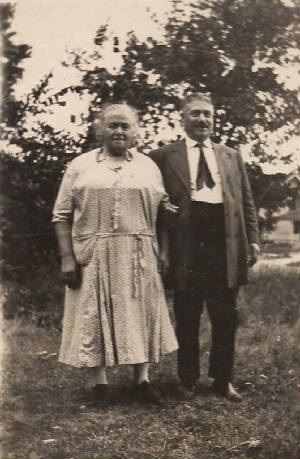
Guido married Sarah Fricano about 1929, but no one in the family knows the date for sure. Their first child (also Guido) was born in New Mexico. At the time, he and Sarah were traveling a lot. They had five children, including Raymond, who lives in Florida. I interviewed him, and he sent me some family photographs.
Guido Centola died in Rochester in December of 1979, at the age of 81. Wife Sarah died in 1997, at the age of 89.
Edited interview with Raymond Centola (RC), son of Guido Centola. Interview conducted by Joe Manning (JM) on November 6, 2012.
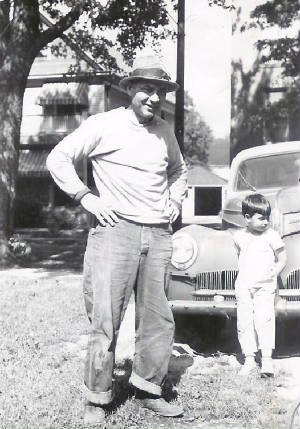
JM: What did you think of the picture?
RC: I was not aware that he was a paper boy at that age. He was born in Italy. He came to this country with his parents in 1908 (official records show it was 1906), when he was 10 (eight) years old. He was in a family of 16, ten boys and four girls. His father’s name was Joseph, and his mother’s name was Mary. They came through Ellis Island. I had the good fortune to visit his home town, which was Formia. He always remembered the discrimination against Italians that he experienced in Rochester, and he never stopped being angry about it.
JM: What did his father do for a living?
RC: He was a miller by profession. But my father said that his father hardly ever worked after the family got to America. He had 10 boys, and they were the supporters of the family. My father grew up in a house at 444 Scio Street (He grew up at 248 Scio Street. His parents moved to 444 Scio Street in the early 1920s.) I didn’t know my father’s side of the family very well. He was born in 1898, but I wasn’t born until 1943. There were five children in my family, four boys and a girl.
JM: What was your mother’s name?
RC: Sarah Fricano. She was born in 1908. Her family came from Italy as well. They migrated to Pittston, Pennsylvania (records show it was 1904). Her father was a coal miner. He was killed in a mine cave-in. After that, the family moved to Rochester.
JM: How did they get by?
RC: They had relatives in Rochester. They lived with an aunt who owned a pop shop. My mother had to quit school and go to work at a textile mill at the age of 15.
JM: When did your parents marry?
RC: I don’t know, but I know how they met. My mother was working as a weaver at Schlegel’s (Schlegel Manufacturing Company), and my father was attending the University of Rochester, which was close by. My father used to run around the campus, and she would look out the windows and watch him run by in his shorts. She told me she liked my father because he had cute legs. He was a pre-med student at the time, but he dropped out later.
At one point, my father and some of his brothers traveled across the country and competed as boxers. His younger brother Cosmo had a shot at a championship, but he died of pneumonia sometime before the big fight. His brother Henry was called Kid Henry.
JM: How did your father, in a family of 16, who was an Italian immigrant and a newsboy, manage to get into college?
RC: He was very bright and ambitious. He might have gotten a scholarship.

JM: Did your parents speak Italian?
RC: They spoke fluent Italian, but we were encouraged to learn English and become Americans.
JM: Where was your house?
RC: My parents owned a nine-room house in Rochester at 372 Columbia Avenue. It’s still standing.
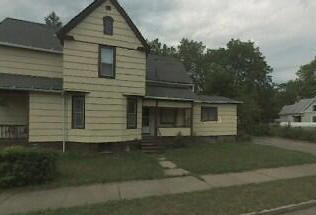
JM: What did your father do for a living?
RC: He worked for Kodak in the film department when I was growing up. Then he went into business for himself. Because he was afraid of discrimination, he changed his business name to George Kent. He sold Fuller Brushes. He sold mops, brooms, wax and other household products. He had a truck, and he would go door to door. I used to ride with him sometimes.
JM: Did you go to college?
RC: Yes. I went to a Catholic high school. Then I joined the Marines and earned an undergraduate degree while I was serving. When I got out, I went to the Rochester Institute of Technology. I started my own insurance business at one point, and then moved to Florida in 1988.
JM: What was your father like?
RC: He was kind of a cold duck. I always wondered if he liked me. We used to ride around, and I would ask him questions, but I would never get a direct answer. My sister said that my father didn’t know how to treat me, because I was vocal and outspoken when I was growing up. In an Italian family, that’s unheard of. You talk back, and you get cracked. When my father was growing up, families were very strict. Minor infractions were severely punished. My mother said she was horsewhipped when she was a kid. My father grew up in a harsh family. They were poor. He told me that his house was not far from the railroad track, so he used to go out with buckets and pick up the coal that fell off the train.
Both my parents were working all the time. My father was frugal. To get a nickel out of him, you had to earn it. I grew up with darned socks and patched pants. I didn’t own my first pair of jeans until I was a teenager. But I never felt poor. My mother’s family was close. We always celebrated the holidays. The family would come over, and we would have a big Italian feast.
JM: What do you think about your father being a newsboy when he was 10?
RC: I used to be a paper boy. I would get up at five o’clock.
JM: Did you have to buy the papers first?
RC: No, I just went and picked them up.
JM: Your father would have had to buy them first. He might have had to fight with other boys for territory.
RC: That’s where some of my father’s toughness must have helped him. All his brothers were brought up that way. He was a battler. I can imagine him out there selling papers and standing his ground and not letting anyone take his spot on the corner.
JM: Was your father in good health when he was old?
RC: After my mother retired, my parents moved to California. My father was 73. When he was 76, he had a stroke. My mother couldn’t take care of him, so they came back to Rochester, and they lived with my oldest brother. Then they moved into a senior housing complex. My father died in 1979, at the age of 81. My mother continued to live there until she passed away in 1997. She was 89.
My father was a hard worker. My impression is that he was dissatisfied because he never became what he thought he should become. He never lived up to his potential. He was kind of ostracized from the family because he didn’t finish college. And having children late in life burdened him, because he wasn’t free to do what he wanted to do. I felt like maybe I was extra baggage. But I don’t disrespect him for it. I respect him for being able to accomplish as much as he did, especially coming from his background. My parents did what they needed to do to survive. My parents provided for us. There was camaraderie in the family, and we enjoyed that growing up.
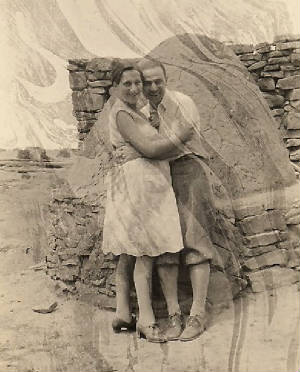
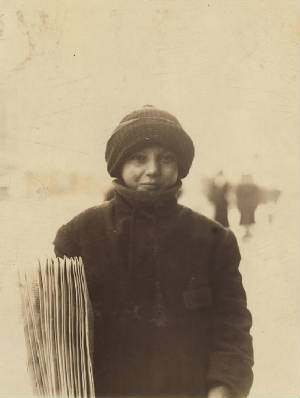
Guido Centola: 1898 – 1979
*Story published in 2013.